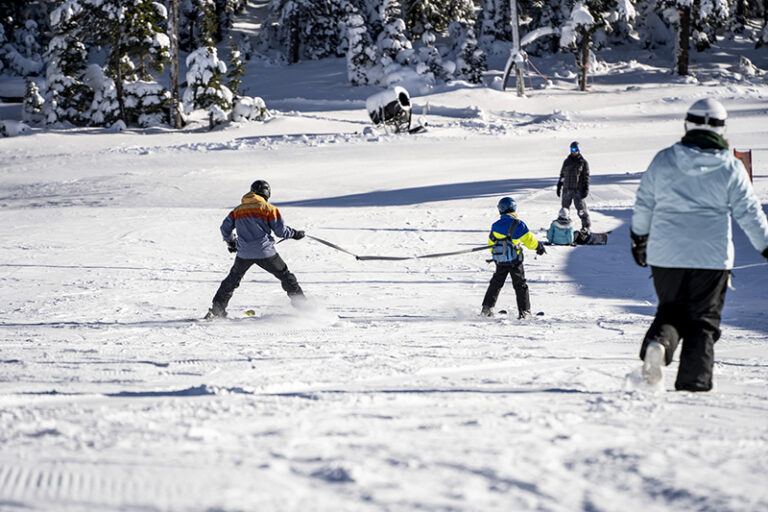This is the first in a series featuring wild edible fungi and plants from the Inland Empire. Frolicking outdoors can and, IMHO, should include a relationship with and knowledge of the world that surrounds you. Biking, hiking and snowshoeing are half the equation. The other half is becoming acquainted with our co-inhabitants in the woods, exploring their wild flavors and textures. Instead of seeing a “tree,” a “flower,” or “fungi,” I want you to see wood ears, orchids, bunch berries, truffles, onions, etc.
Let’s start with one of the mushrooms you can find in the fall after a couple drenching rains kick off the season: Boletus Mirabilis, the Velvet Top, also known as the admirable bolete. Like all the life forms we will feature, it’s relatively simple and safe to identify. “Boletus” is both a genus and a family and refers to the group of terrestrial mushrooms with pores under their cap instead of gills and a distinct central stem.
The Velvet Top is common in healthy, moist, mixed-conifer woods, particularly in far Northeast Washington and the Idaho Panhandle. I’ve also found good quantities around Glacier National Park. It’s an impressive species though easy to miss as it blends into the surroundings.
If you find a mushroom on a decaying conifer log with a plush chestnut-brown cap, pores underneath and a stem with an enlarged base, voilà. If those descriptors sound intimidating, here are two bits of knowledge to help: it’s most likely the only bolete you’ll find on wood and should you make an error, there is one rule to protect yourself from anything nefarious: cut a bit of the cap, and if it doesn’t turn blue in a couple minutes, bon appétit.
This mushroom is fun to find, easy to identify and unusual in the lovely bright yellow color it adds to dishes. Use within a day or two of harvest as they deteriorate quickly. An interesting side note, the velvet top is both a saprophyte (dining on decaying wood, often hemlock) and a symbiont (mutually supportive relationship, dining with living hemlock).
Identifying Attributes: grows on decaying logs, has pores instead of gills, a chestnut-brown, furry cap and similarly colored stem.
Culinary Attributes: bright yellow when cooked, delicate soft texture, neutral to lemony flavor.
Poisonous Look-alikes: none, but always be sure boletes don’t have red or orange pores – those are the scary ones.
Food/Wine Pairings: goes well with fish and white sauced pasta; for the wine, go sauvignon blanc or white burgundy.

About the Author: Kelly Chadwick grew up wandering the outdoors, which led to a lifelong passion for the natural sciences. He became immersed in mycology at 16, studying and teaching identification of fungi for 20 years, ran a wholesale wild mushroom business, and published “Decomposition, an anthology of mushroom poetry “ with his partner Renée. Email him your wild edible questions at [email protected]. //













